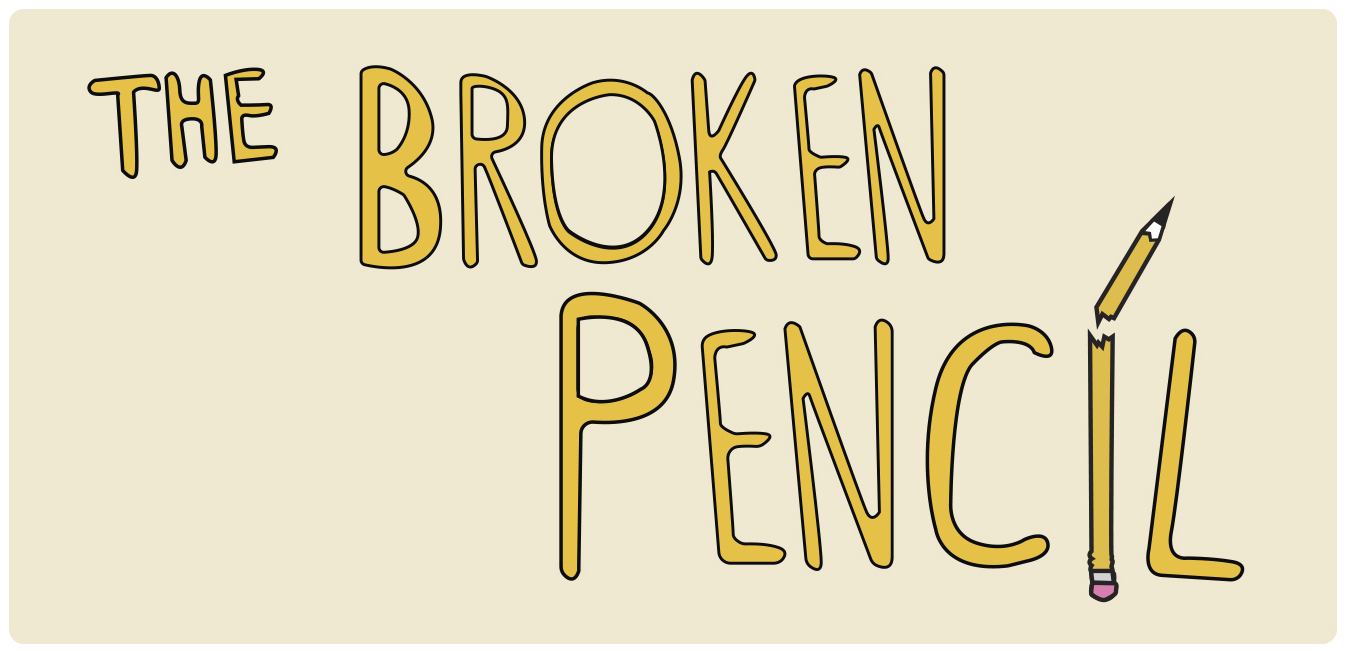“Is this just fantasy?”
Open your eyes, look up to the screen, and see just a poor boy make the most legendary music of all time. Rami Malek delivered an honest and stunning portrayal of Queen’s frontman in Bohemian Rhapsody.
I walked into the movie theatre with my friend at 1:20 p.m., thinking I’d catch a relatively empty theatre. I found most seats taken by elderly people; I knew I was around real fans.
When the movie was first announced in 2010, I believed Sacha Baron Cohen would have made the perfect Freddie Mercury. Boy, am I glad that didn’t go through. From the constant pursing of the lips to the jittery head movement, Malek had Mercury down to a tee. It’s no surprise that critics, despite some negative feedback about the film’s production, had nothing but praise for him.
Now picture this. It’s the Green Day Concert at Hyde Park in London in 2017, but the band is late. On comes “Bohemian Rhapsody,” and more than 65,000 people chant along to the anthem, word for word, tone for tone, melody for melody. The whole five minutes and 50 seconds. That’s the kind of timelessness that Rami Malek brought to the screen. And for me, that’s how epic the movie was.
The opening scene followed Freddie Mercury from his home bathroom, to the backstage of the Live Aid concert. Fans could tell it was him from the white sleeveless undershirt, tight jeans, black belt with silver studs, and black leather bracelet around his bicep, along with silver studs—the outfit he was best known for wearing at his concerts.
In the background, “Somebody to Love” played. Fitting, considering the scene showed a lonely Mercury. Right before he set foot on stage, the screen faded to Farrokh Bulsara—the man before the stage. This is the beginning of Freddie Mercury.
Subtlety was the movie’s main controversial aspect: some critics and fans were disappointed that the movie did not explicitly showcase Mercury’s sexuality and substance-use. It’s true, those aspects are fundamental when it comes to portraying Mercury’s personality. But so much more value was added to the performances and to Mercury’s emotional struggle by focusing on that instead of sex and drugs.
In a scene where Mary Austin goes to Munich to see Mercury, there’s cocaine on the table, but it doesn’t show him snorting it. During Queen’s first tour in America, there’s a scene where a male truck driver gives Mercury a look before they both enter a bathroom, and it’s clearly implied that they hook up.
The tension between Mercury and his father was almost tangible—both Ace Bhatti (who played Mercury’s father) and Malek delivered an exceptional show of love and tension with minimal words.
When it comes to recent movies, sex and explicit scenes are a huge part of the equation—more often than not it’s because they never fail to get people’s attention. Bohemian Rhapsody’s subtlety is a breath of fresh air to me, and it allowed the viewer a lot of room to focus on Mercury as a person. People know that he did cocaine and was gay, and I don’t think it’s necessary to expand on those details. The close-up shots of Malek’s eyes while the party continued in the background showed more of his pain than a shot of him snorting cocaine would. The way he spoke to Jim Hutton showed more of his homosexuality than a sex scene would.
When Mercury buys a house, only Roger is able to be there. Through Malek’s performance and the trembling of his voice, you can tell how desperately lonely Mercury felt. The singer going above and beyond to throw a party showed the extent to which he tried to hide his loneliness.
The production did a great job at portraying the struggle with depression and loneliness in someone as flamboyant and out-of-the-ordinary as Mercury. I think Bohemian Rhapsody—considering the different interpretations of the song that include suicide attempts, demons in your head and death—showed how sneaky darkness can be.
The most heartbreaking part, to me, was the press conference during which reporters practically attacked Mercury.
“I’m not the band leader, I’m just the lead singer,” said an exasperated Mercury. “There are four of us, why are you only asking me?” With flashes and cameras and zooming in and out, sunglasses on, and his hand on his head, Malek’s performance and the direction of the scene were engaging and devastating. I could feel him suffocating, and still trying to deal with answering extremely personal questions that had nothing to do with his music.
Much room was left for the actors to get as personal as possible—to me, creating scenes from an omnipotent-narrative stance (a third party) gives more information to the audience, but doesn’t allow us to go through the story with them as confusingly as the characters themselves.
The end took the viewer back to the Live Aid Concert and the same steps that Mercury took in the opening scene. This time, we’re shown the whole of it: Roger Taylor, Brian May and John Deacon surrounding Mercury as they prepare to step onto the stage. This scene is difficult to describe in words, but I will say that it will rock you.
The film ended while the credits rolled over “The Show Must Go On,” and the audience did not move. Every criticism of the film I heard prior to then completely disappeared—not only because of the movie itself, but also because of the energy in that room; a silent, collective appreciation of Malek as an actor, and the beauty of storytelling.
